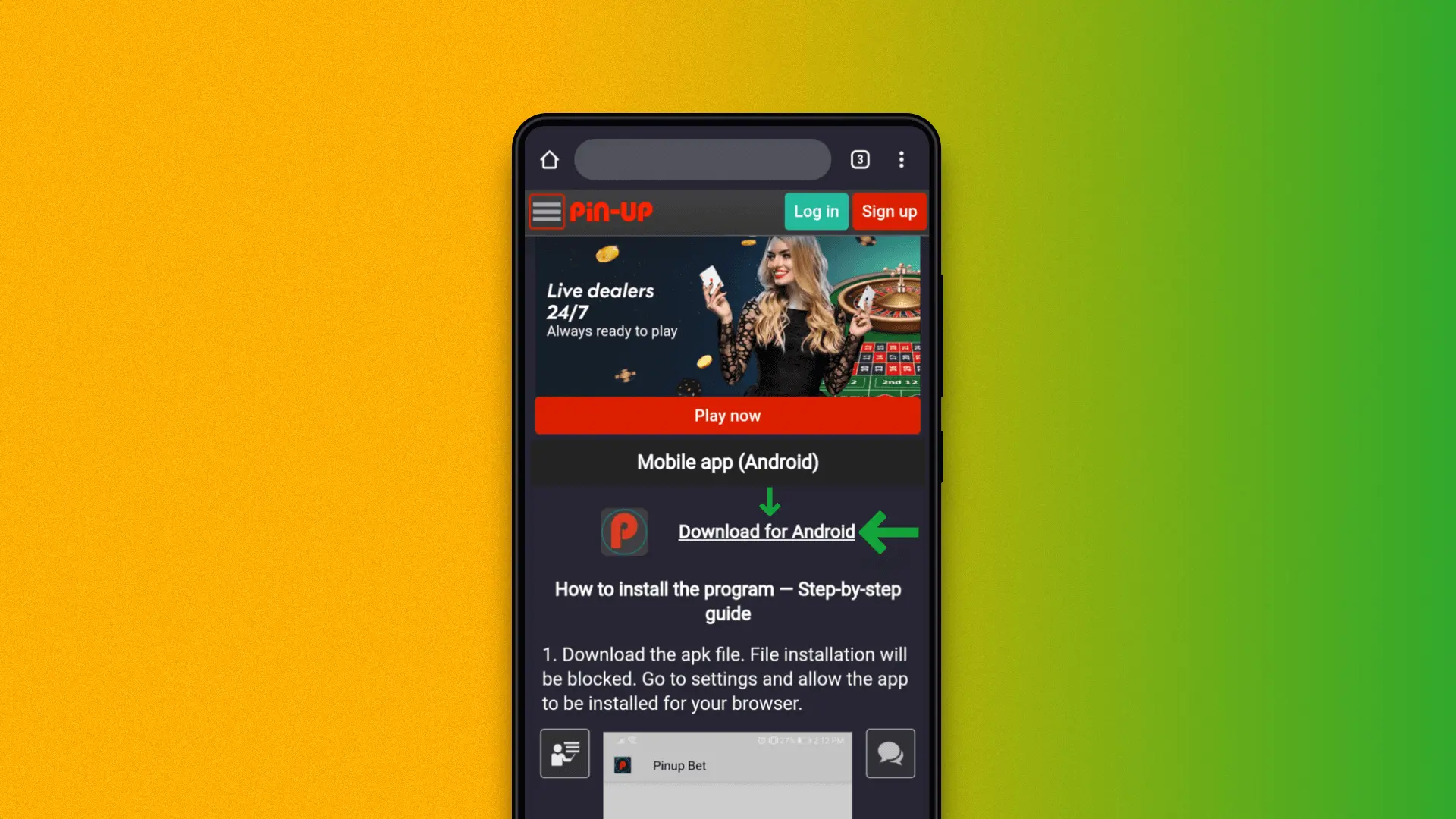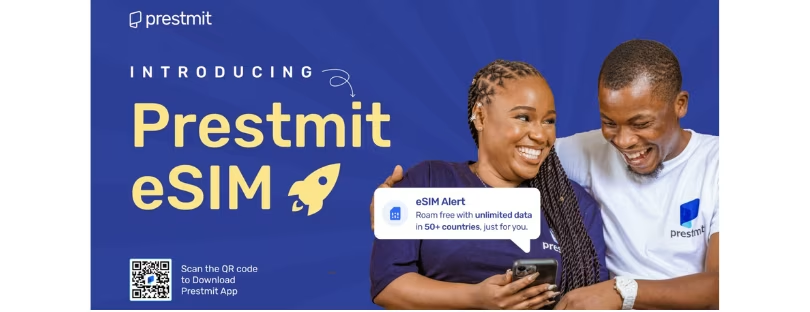
Everything You Need to Know About eSIMs
eSIMs, or embedded SIMs, are becoming increasingly popular. In fact, a recent study by Counterpoint Research found that the number of eSIM-enabled devices shipped in 2022 is expected to reach 1.2 billion, up from 0.5 billion in 2021. This growth is being driven by a number of factors, including the increasing popularity of smartphones and tablets, the growing demand for global connectivity, and the need for more secure and convenient mobile connectivity solutions.
If you are considering getting an eSIM, there are a few things you need to know. First, not all devices support eSIMs. Second, not all carriers support eSIMs. Third, eSIMs are generally more expensive than traditional SIM cards.
However, the benefits of eSIMs outweigh the drawbacks. eSIMs are more convenient than traditional SIM cards because they can be activated online or through an app, and they can be swapped between devices more easily. eSIMs are also more secure than traditional SIM cards because they are not removable.
In this blog post, we will discuss everything you need to know about eSIMs, including:
- What is an eSIM?
- How do eSlMs work?
- What are the benefits of eSlMs?
- What are the drawbacks of eSlMs?
- How to get an eSIM?
- Best eSIM providers
What is an eSIM?
An eSIM is a small chip that is embedded in a device, such as a smartphone or tablet. It replaces the traditional SIM card, which is a removable chip that is inserted into a slot in the device. eSlMs are more convenient than traditional SIM cards because they can be activated online or through an app, and they can be swapped between devices more easily.

How do eSIMs work?
eSIMs work by using a technology called remote SIM provisioning. This means that the carrier can provision the eSIM remotely, without the need for a physical SIM card. When you activate an eSIM, the carrier will send a message to the device that contains the carrier’s profile and APN settings. The device will then install the carrier’s profile and connect to the cellular network.
What are the benefits of eSIMs?
There are a number of benefits to using an eSIM, including:
- Smaller size: eSlMs are much smaller than traditional SIM cards, which means they take up less space in a device. This is especially important for devices with limited space, such as smartwatches and fitness trackers.
- Easier activation: eSIMs can be activated online or through an app, which is much more convenient than having to go to a carrier store. This is especially helpful if you are traveling and need to activate a new SIM card quickly.
- Global compatibility: eSlMs are compatible with more cellular networks than traditional SIM cards, which means you can use your device in more countries. This is great for travelers who want to be able to use their devices on the go without having to worry about changing SIM cards.
- Convenient switching: eSIMs can be easily switched between different carriers, which is great for people who want to be able to switch carriers without having to physically remove and replace their SIM cards.
What are the drawbacks of eSIMs?
There are a few drawbacks to using eSlMs, including:
- Not all devices support eSIMs: Not all devices support eSIMs. This is especially true for older devices.
- Not all carriers support eSIMs: Not all carriers support eSlMs. This is especially true for smaller carriers.
- More expensive: eSIMs are generally more expensive than traditional SIM cards.
How to get an eSIM
If you are interested in getting an eSIM, there are a few things you need to do:
- Make sure your device supports eSlMs.
- Contact your carrier to see if they offer eSIMs.
- If your carrier offers eSlMs, they will be able to provide you with a QR code that you can scan to activate your eSIM.
- Once you have activated your eSIM, you can start using it to connect to the cellular network.
These are some of the best eSIM providers
The best eSIM providers offer a variety of plans, coverage, and features to meet the needs of different users. Here are some of the top eSIM providers:













